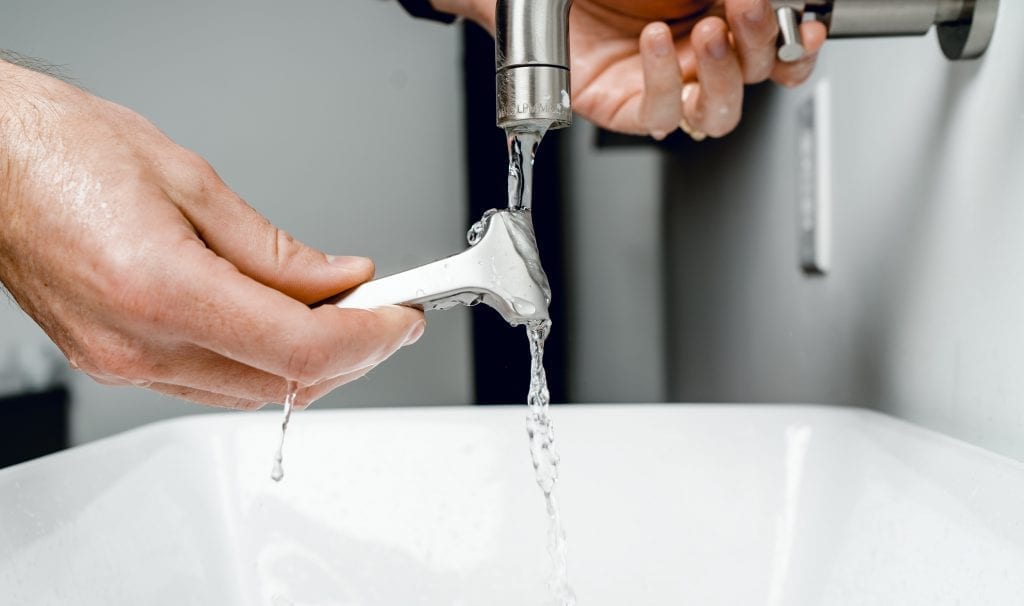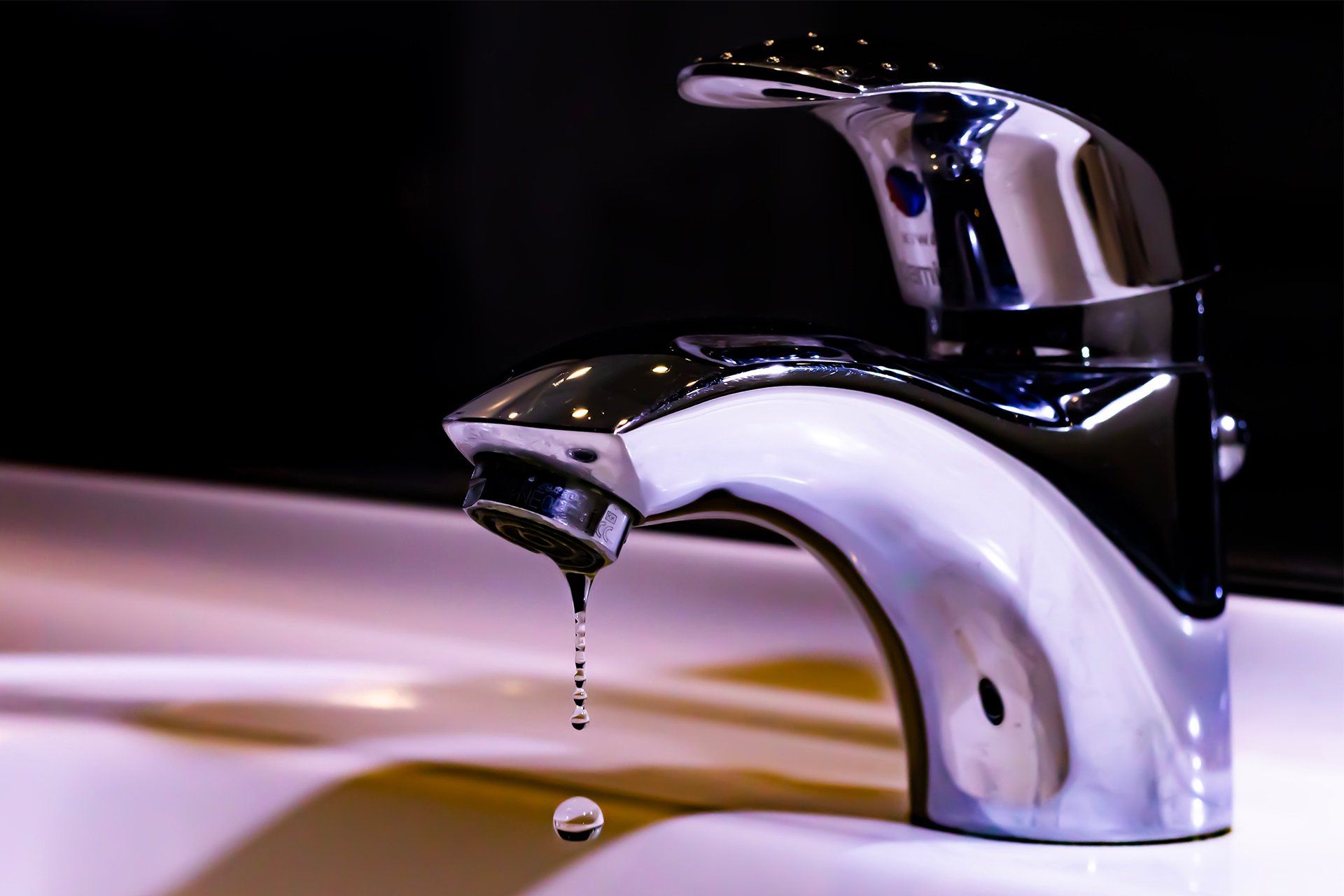Clever Winterizing Solutions: A Handful of Approaches to Secure Your Pipes in Cold Weather
Clever Winterizing Solutions: A Handful of Approaches to Secure Your Pipes in Cold Weather
Blog Article
Each person is bound to have their unique thinking on the subject of How to Prevent Frozen Pipes.

All house owners that live in warm climates should do their ideal to winterize their pipes. Failure to do so can spell calamity like icy, split, or burst pipes.
Attempt a Hair Dryer or Heat Weapon
When your pipelines are practically freezing, your trusty hair clothes dryer or warm weapon is a godsend. Bowling warm air straight into them might help if the warm towels do not help displace any type of settling ice in your pipes. Do not utilize various other things that produce direct flames like a strike torch. This can lead to a bigger calamity that you can not regulate. You might wind up damaging your pipes while trying to thaw the ice. And also in the future, you might even end up melting your home. Be careful!
Open Up Cupboard Doors Hiding Plumbing
When it's cool outside, it would certainly be useful to open up cabinet doors that are masking your pipelines. They might be somewhere in your kitchen or bathroom. This will certainly allow the cozy air from your heating system to distribute there. Because of this, you avoid these exposed pipelines from cold. Doing this small trick can keep your pipes warm and restrict the potentially unsafe outcomes of freezing temperature levels.
Require Time to Wrap Exposed Water Lines
One awesome and also easy hack to heat up cold pipes is to wrap them with warm towels. You can likewise utilize pre-soaked towels in warm water, simply don't fail to remember to use safety handwear covers to protect your hands from the warm.
Activate the Faucets
When the temperature level decreases and it appears as if the freezing temperature will certainly last, it will certainly aid to transform on your water both indoors as well as outdoors. This will keep the water streaming with your plumbing systems. You'll finish up losing gallons of water this method.
When Pipes are Frozen, close Off Water
If you observe that your pipelines are entirely frozen or almost nearing that stage, turn off the primary water valve promptly. You will generally locate this in your basement or laundry room near the heating unit or the front wall surface closest to the street. Turn it off today to stop more damages.
Do not forget to shut exterior water resources, as well, such as your connection for the garden home. Doing this will certainly avoid extra water from filling up your plumbing system. Unfortunately, with even more water, more ice will certainly accumulate, which will at some point lead to rupture pipelines. It is best to call an expert plumber for an inspection if you are unclear about the state of your pipelines this wintertime. Taking this proactive technique can conserve you countless dollars in repairs.
All property owners that live in warm environments have to do their ideal to winterize their pipes. Failing to do so can mean disaster like frozen, fractured, or burst pipelines. If the warm towels do not aid remove any clearing up ice in your pipelines, bowling hot air directly right into them may assist. Transform off the main water valve quickly if you notice that your pipes are entirely frozen or nearly nearing that stage. With even more water, more ice will certainly pile up, which will at some point lead to burst pipelines.
PREVENT YOUR PIPES FROM FREEZING THIS WINTER
A Leading Cause of Property Damage
When the weather is taking a deep nose dive into the cold dreary days, the risk of your pipes freezing and potentially bursting skyrockets. Unfortunately, during these cold dreary months, burst pipes are the most common denominator for property damage. The pipes that are most at the risk are those that are in areas where it is most cold in your home. For instance, pipes located in interior places such as basements, attics, and your garage. Unfortunately, that doesn’t mean that the pipes running through your cabinets or exterior walls can’t freeze. Good news, however, is that you can do things to help prevent pipes from freezing.
How to Prevent Pipes From Freezing
Once the temperature starts to drop during the winter, you should be taking the proper measures needed to ensure that your pipes stay warm and that there is circulation of water through them. Some steps that experts may recommend could go against your better judgement when it comes to saving water and heat. However, it would go without saying that when expenses are compared, damaged pipes could put a bigger dent in your wallet than a water bill.
What Can I Do?
Keep your garage door closed. This is very important, especially if you have water supply lines running through your garage. Open your kitchen and bathroom cabinets to allow warm air to circulate through them. Allow air circulation throughout your home. Keeping the interior doors open will once again allow the warm air to circulate inside your home. Ensure your thermostat is running the same temperature throughout the night and day. If you plan to be away from home during the cold months, set your temperature no lower than 55° F. This should provide enough heat to keep the pipes warm and prevent any remaining water inside the pipes from freezing. For more of a long-term solution, add insulation to attics, basement, and other crawl spaces around your home. By allowing your faucet to drip, it will alleviate pressure in the system. This is important because the pressure that is created between the blockage and the faucet can potentially cause the pipes to burst. Allowing the faucet to drip will prevent the pressure from building up, therefore keeping the pipes from bursting. Seal any cracks, openings, and crawl spaces around your home to prevent cold air from coming inside. This keeps your pipes-not to mention your home-warmer and less susceptible to issues caused by freezing temperatures. For the pipes in your home that are easily accessible, applying electrical tape to them might prevent them from freezing over. This is a quick fix, as you can apply the tape directly to the pipe. There are two options for heating tapes. One turns on and off by itself when it senses heat is needed. The other type of heating tape needs to be applied when heat is needed and removed when not necessary. If you have exposed pipes in your home, you can check this website to take a look at a few options that would be available at a shop near you.

I recently found that blog entry about How to Prevent Frozen Pipes when doing a lookup on the internet. Don't hesitate to take the time to promote this page if you appreciated it. We treasure reading our article about Prevent Freezing and Bursting Pipes.
Best fix? Dial! Report this page